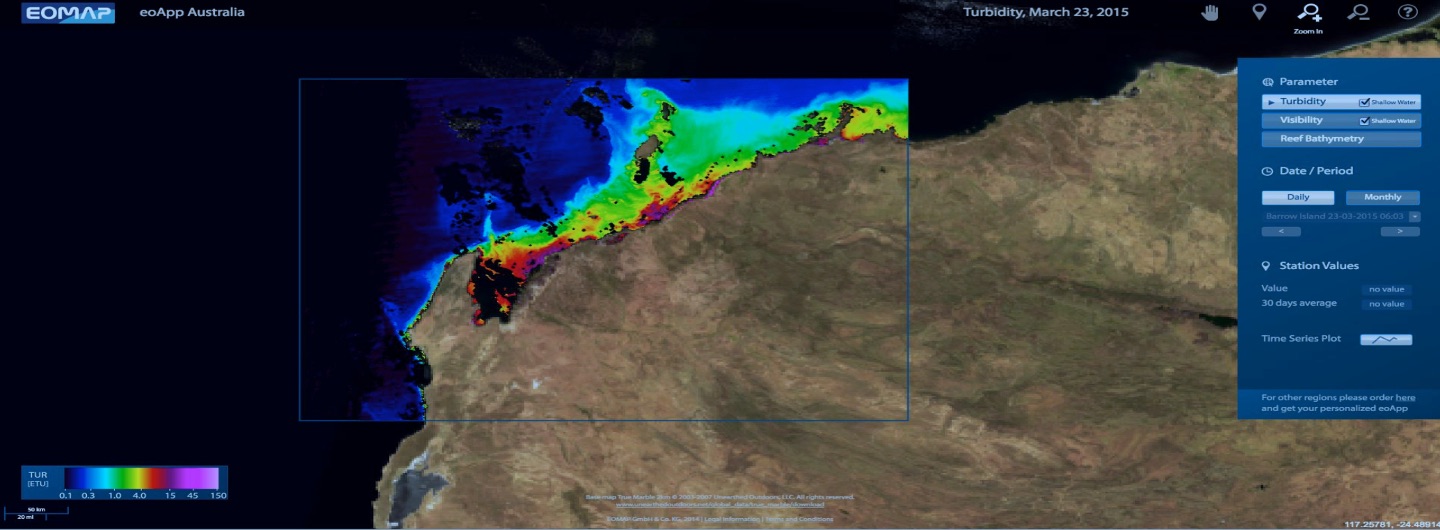
The project TEISS (Thales ESA INFOaaS Stimulus) was initiated and supported by the European Space Agency ESA to use Earth Observation data and stimulate the development propagation of Information as a Service (INFOaaS).
The purpose of this particular project was to analyze how providers of data, service and cloud resources can use highly automated end-to-end workflows that involve joint resources like Helix Nebula Marketplace to make the information fast and easily accessible to customers while offering reach competitive pricing for this INFOaaS.
The project leader was Thales Services, part of the French technology conglomerate THALES Group and a leading expert in satellite image processing; project partners were cloudeo and the Swiss software and cloud technology provider SixSq. The latter was chosen for its technical leadership in the Helix Nebula initiative, which is supported by ESA, CERN, and the European Molecular Biology Laboratory (EMBL); cloudeo was selected for its substantial experience in providing the actual marketplace for such cloud-based services, i.e., the interface where customers can order services or request quotes.

For the TEISS project, cloudeo was tasked to develop a technical interface between the front end (practically the cloudeo store) and the back end (in this case, the Helix Nebula MarketPlace), using an API call from the cloudeo store to SixSq SlipStream to access EO data from public sources like the European Sentinel or Landsat from the US, as well as commercial data from providers like Deimos, Airbus, and DigitalGlobe. This API call then launches the appropriate service over the selected area of interest subscribed by an end-user. The various Service Providers would provide these final products/services to cloudeo for delivery to the end-users through a set of appropriate tools like visualization GUI, web services, APIs, or FTP; one example would be the Web Mapping Services provided by EOMAP Service (accessible via a web portal http://eoapp-au.eomap.com/).
This project's primary purpose was to prove that INFOaaS can provide sustainable revenues from existing EU investments, like the EU earth observation program, which in turn has the potential to create many new jobs addressing modern information sector needs. The Earth Observation community, like all the other communities, is deeply impacted by the digital economy. The inevitable changes, driven by this digital economy, represent a paradigm shift that could boost the development of a whole range of innovative services, combining Earth observation data with big data applications.
But to get there, the highly specialized remote sensing industry must find ways to get connected to the mainstream mass market. New low-cost satellite constellations (e.g., Skybox, PlanetLabs, UrtheCast), together with existing public satellite services like the Sentinel, present enormous opportunities to bring satellite-based remote sensing into the economic mainstream – a mass market that is already looking for value-added EO data and information services that are easy to find and consume, providing images and data for a specified area of interest and time. Most importantly, to be useful for a broad range of clients, data need to be available regardless of the type of sensors, software, and processing power used to generate them, which is precisely the cloudeo mission.